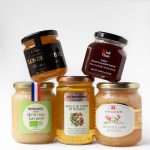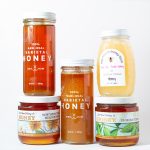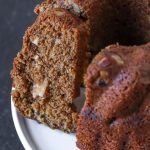ADAPTED FROM ZINGERMAN’S GUIDE TO GOOD EATING, BY ARI WEINZWEIG
And 10 Honey Varietals to Seek Out

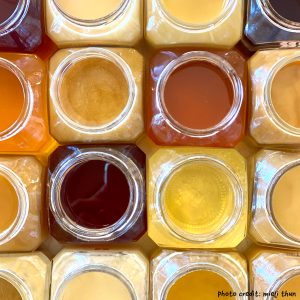
As we shared in our Introduction to Honey, the best honey varietals are often gathered from single floral sources. Beekeepers follow the flowers from field to field as the seasons change. As with good wine or good olive oil, each of these varietals has its own unique flavor, aroma, and texture. By contrast, the honey you’ll find on a supermarket shelf in a plastic bear is like a bottle of table wine, a blend lacking character and charisma, mixed for consistent color and flavor so it will look and taste the same year in and year out.
Other than looking for a honey made from a single source (which isn’t a hard-and-fast rule, there are exceptions, like this Michigan wildflower honey), there are a few more things you should be looking for when you’re in search of an un-bee-lievable honey.
What to Look For in Honey
1. Know What the Product Tastes Like & What Differentiates It
There are a number of different factors that impact a honey’s flavor profile, including, as mentioned, the nectar source. It’s not as simple as just the flower source though; geography plays a role, as well. The same type of blossom in two different parts of the world will yield honeys of varied texture and flavor. The vintage also makes a difference. Like every other natural food, varietal honey will be different each year, depending on changing climatic conditions.
Knowing more about the honey from the get-go will help you know what to expect with its aroma and flavors (fresh, floral, spicy, nutty, etc.), as well as its texture (smooth, gritty, velvety, creamy, fudgy or silky).
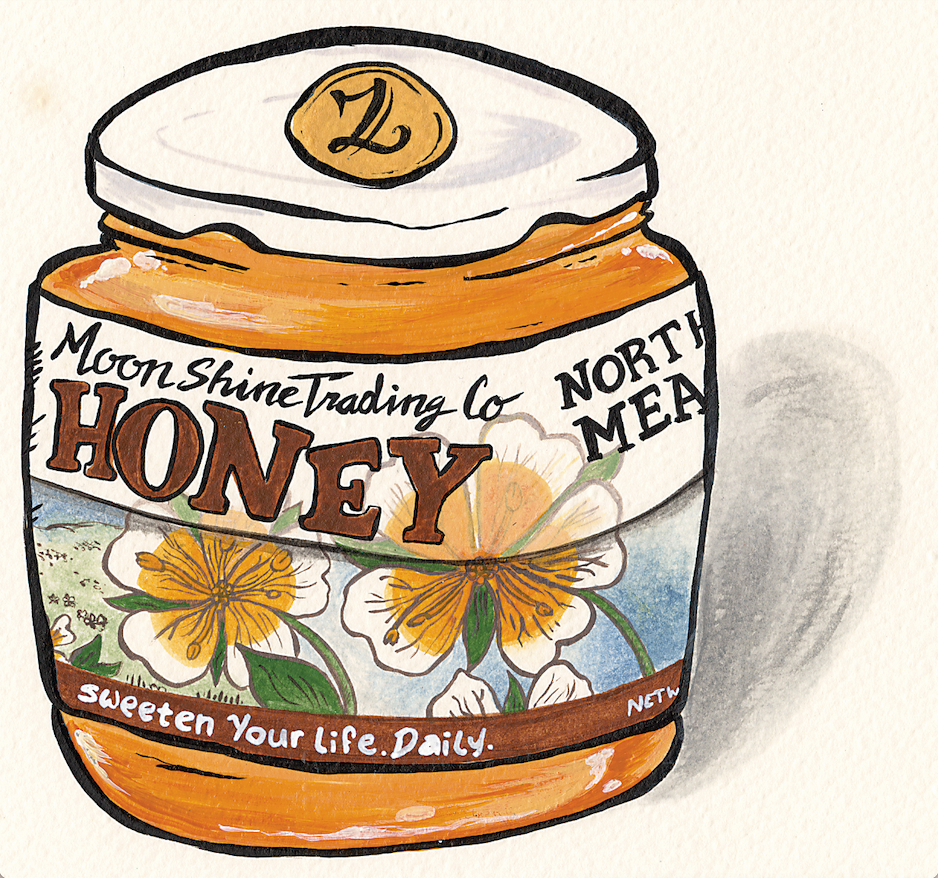
2. Learn the Stories Behind it
There’s no bee consortium to certify that the blossoms the bees visited are the ones on the label. Fortunately though, bees tend to stick to a single nectar source until it’s been used up, so you can feel fairly confident that the majority of flowers they’ve visited have been of the same sort. One thing you can check with a quick peek at the packaging is that there aren’t any added flavors, colors, or additives(when you’re shopping with us, we’ve taken care of this step for you!).
3. Learn How to Use It
If you’re new to honey varietals, we suggest keeping it simple: spread some on hot toast—the heat of the bread warms the honey and releases its fragrance and flavor. Or spread a buttered slice of toast with fresh ricotta cheese and then drizzle honey over top.
4. Taste It!
Ultimately, you really have to taste honey before you buy to see if you like it. Because it varies from year to year, buying by brand assures some degree of continuity but not an identical product. We’re happy to get you a taste of anything you’re interested in– just ask! And then follow our 5 Steps to Tasting Great Food to maximize your tasting experience.
Great Honey Varietals to Try
Here are ten of the many (many!) versions of honey varietals worth seeking out.
1. Chestnut
Very popular in Italy, this honey is harvested in mid to late summer. It is deep brown in color and has a slightly smoky flavor with a touch of bitterness.
Try it: Tenuto di Valgiano Chestnut Honey
2. Fireweed
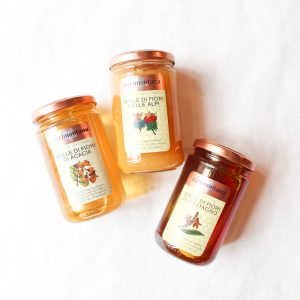
After a forest has been burned or cut, the sun can shine onto the once-shadowed earth. The first plant to bloom is the tall spike of Fireweed which provides a honey with a satiny texture and surprisingly fruity flavor.
Try it: Moon Shine Trading Co. Fireweed Honey
3. Fir Tree
Known in France as sapin, this deep caramel-colored honey has a lovely hint of anise and a delicate piney flavor.
Try it: Provenance Fir Tree Honey
4. Lavender
You can find lavender honey from a variety of places—often France, Spain, and California. It’s produced locally as well, we carry one from Northern Michigan’s Grand Traverse County.
Try it: Ona Mission Lavender Honey
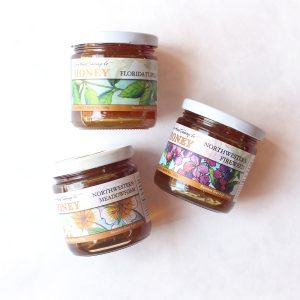
5. Wild Flower
Bright stone fruit flavors, with a nutty aroma reminiscent of crisp almonds.
Try it: Mieli Thun Italian Cherry Blossom Honey
6. Orange Blossom
This heavily scented, light liquid honey has a hint of orange perfume.
Try it: Mieli Thun Orange Blossom Honey
7. Scottish Heather
This honey has a rich, buttery, candied taste and appearance and a toffee perfume.
Try it: Anderson’s Scottish Heather Honey
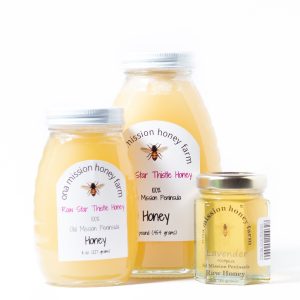
8. Snowberry
Whoever gave the Snowberry bush its name was a poet, albeit one that courts danger—the berries are poisonous. Luckily bees make honey from the nectar in the flowers, not the fruit, so we’re safe. The tiny pink flowers that cover a snowberry bush last only for a short time in the spring. The brief flowering season must concentrate the flowers’ aroma because opening a jar of snowberry honey is like walking into a summer garden in full bloom. This is unlike any other honey we have on our shelves. The flavor, after the scent subsides, is buttery, toasty with subtle hints of spice that give way to rich, big butterscotch flavors. The honey is pale yellow and runs thick as syrup.
Try it: Moon Shine Trading Co. Idaho Snowberry
9. Sunflower
Bright golden yellow in color, this honey is opaque and thick with a beautiful bitterness that underlies its natural sweetness.
Try it: Mieli Thun Sunflower Honey
10. Tupelo
One of America’s rarest and tastiest honeys, it’s gathered only in northern Florida and southern Georgia along the Apalachicola River basin, where bees feed on the pale green flowers of the Ogeechee tupelo, a small shrubby tree that grows knee-deep in the swamps. It’s a clear golden color, with notes of lavender and berry.
Try it: Moon Shine Trading Co. Tupelo Honey
And that’s just the tip of the honeycomb! With dozens of honey varietals on our shelves, there are so many more to explore.

